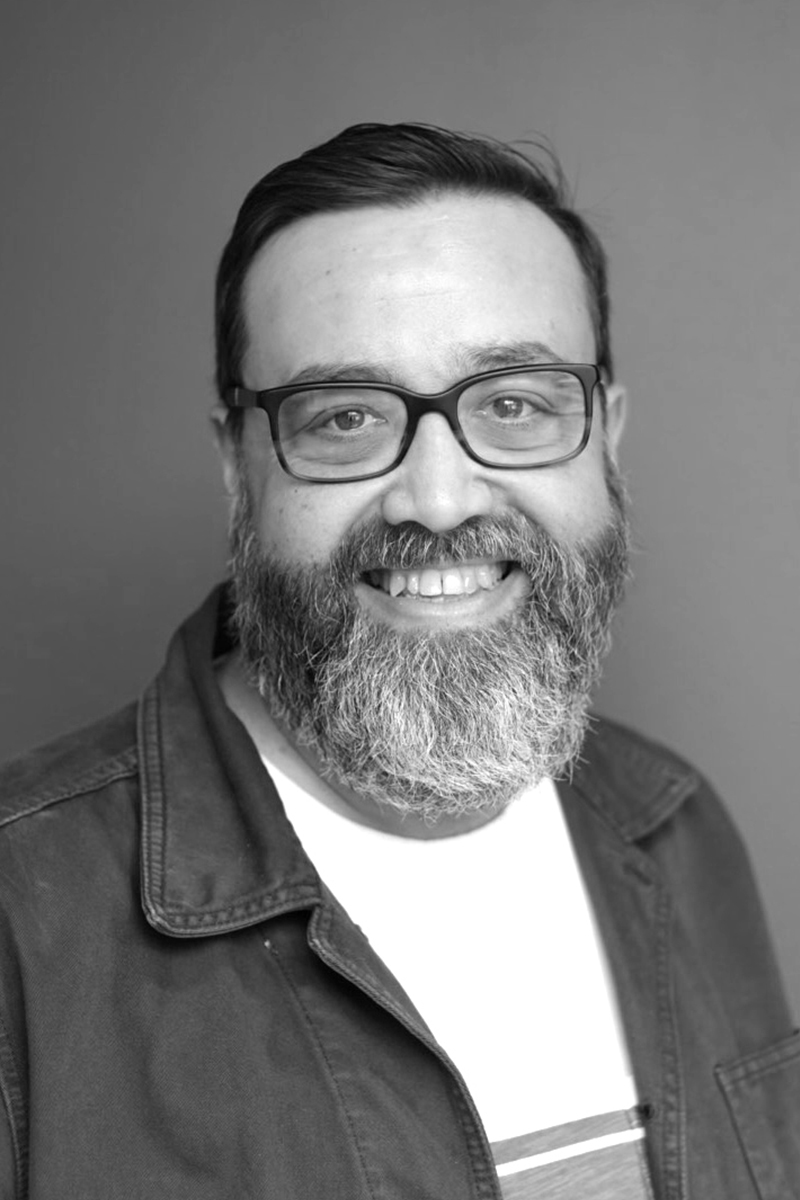Our business is a commercial real estate sub-specialty, patios with special guest Eric Weatherholtz
John has a conversation with the very interesting ERIC WEATHERHOLTZ who has been involved in the commercial real estate business since 1992 with positions ranging from framing laborer and electrician’s apprentice to leasing agent and asset manager. As an owner, he has participated with Quill in the repositioning of over thirty commercial properties. Some of their projects were recognized by the real estate community with awards including the Urban Land Institute’s Development of Excellence, ICSC’s Gold Award, the Atlanta Business Chronicle’s Deal of the Year (twice), the International Interior Design Association’s Best of the Best Award, and the Concrete Foundation Association’s Commercial Structure of the Year award. Eric has a fond weakness for restaurants (dating to his experience as a short order line cook) and looks for ways to incorporate good ones in all of HWP’s projects. Eric received a BA in History from the University of Virginia and is a licensed Idaho fly fishing guide.
Insights & Inspirations
- …once you start thinking about things in that way, you start seeing it everywhere and where these little nodes of light start to happen, it has a halo effect on things around it in a very wide spectrum, in a long… – Eric Weatherholtz
- That’s what we’ve seen in small towns, that one iconic hospitality, food and beverage, can be a real catalytic force to the property around it. And if you align that with the methods in which you curate all the property and don’t just look at it as a single way to try to do something, a single business, it can be really powerful. – John Marsh
- So new housing leads to new energy of people hanging around in a coffee shop, or people eating barbecue out on the patio, that brings more people, brings more energy, and that sort of builds on itself. – Eric Weatherholtz
- You can’t build enough residential to sustain, or maybe to an extent you can in office, you can build a big enough office building to create a viable sandwich shop at the bottom, but to do something of scale, it’s almost impossible to build enough residential in a short enough period of time to have an effect like that.- Eric Weatherholtz
- it’s a very common practice, as you know, is to provide a building and some improvement dollars and say, “Go get them, tiger.” And hoping to be able to pick the right people that will have some success. And I think just by doing it and having lots of failures of what didn’t work out, have been able to look for and select the kind of people that’ll be able to succeed. – Eric Weatherholtz
- And so what maybe starts out as, “Hey, we’ll give you the space and some free rent, maybe point you in the direction where you can find your own money.” All the way up to, in many instances, “Hey, we’ll provide all the capital. You provide the operation.” – Eric Weatherholtz
- What we’ll often do is align the rents and the operations in such a way that it’s win-win. You don’t ask yourself, “What could the rent be?” You ask, “What should it be?” By reverse engineering a performer from the restaurant side and get to break even, and say, “I tell you what, it’s going to be reasonable to break even, then we’re going to share above break even in such a way percentage base lease.” – John Marsh
- So in many cases, in the best cases, we have a direct ownership share in these businesses. So we provide the capital, you provide the operation and we’ll whack up the proceeds the best we can. In other cases, we will have a tiered percentage rent-type arrangement.- Eric Weatherholtz
- So if you think about the independent coffee shop, they’re not really selling espresso drinks so much as they’re helping you sell housing. .- Eric Weatherholtz
- It’s almost scientifically impossible to build something cool all at once.- Eric Weatherholtz
- Where it doesn’t happen, you rarely see people taking photos in front of their local regional mall..- Eric Weatherholtz
- Usually we get involved in things when they have a… Or historically, we would go out and find things that had a lot of hair on them and do what we could to get that knocked off, get the environmental problem taken care of, or get the zoning taken care of, or get the problem tendency taken care of, and then go through the exercise of getting it ready to be built for whatever the new project was, putting a bow on it, and then going out and attracting more capital for that part..- Eric Weatherholtz
Information & Links
- Eric Weatherholtz – about
- Summer Hill Neighborhood
- Healey Weatherholtz Properties
Closing Questions
What have you read that we should read?
- The FORT podcast
- Made From Scratch: The Legendary Success Story of Texas Roadhouse by Kent Taylor
- A Pattern Language: Towns, Buildings, Construction (Center for Environmental Structure Series)
- The Nature of Order: An Essay on the Art of Building and the Nature of the Universe, Book 1 – The Phenomenon of Life (Center for Environmental Structure, Vol. 9) by Christopher Alexander
Who do you know that we should know?
Where have you been that we should go?




